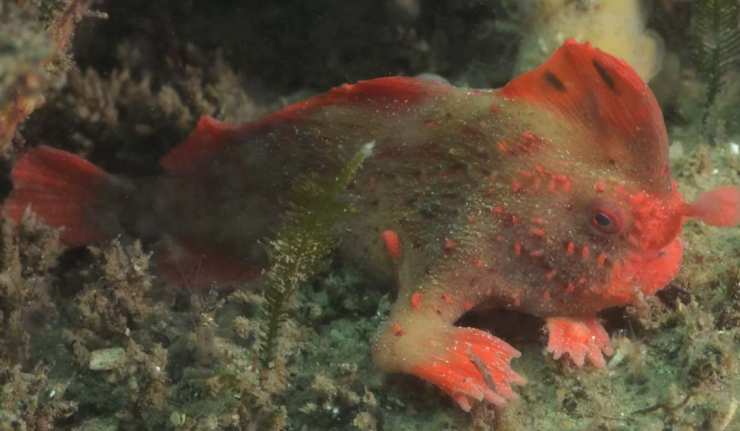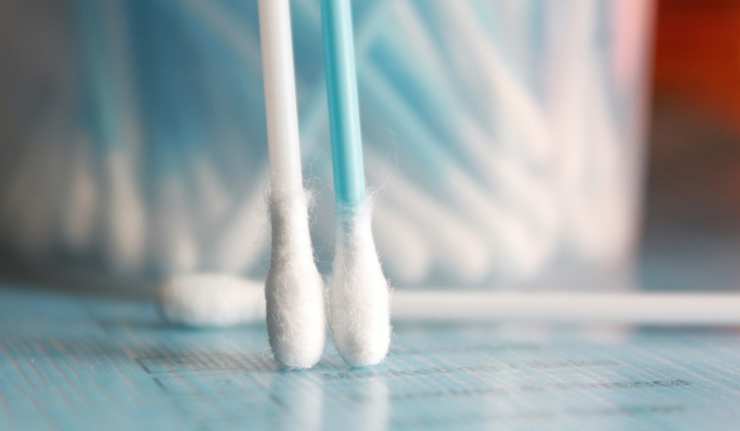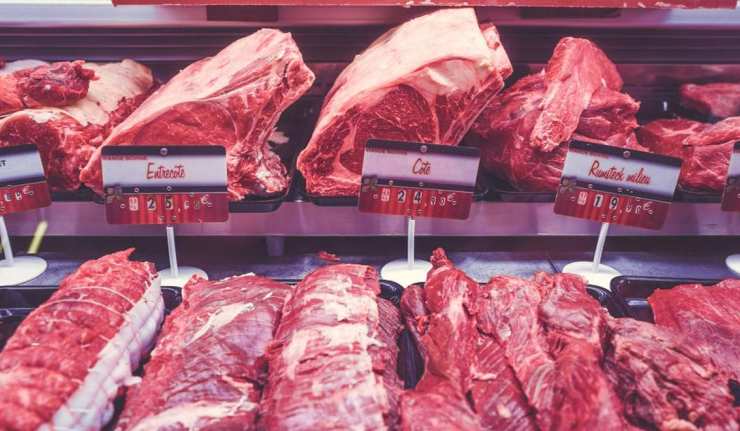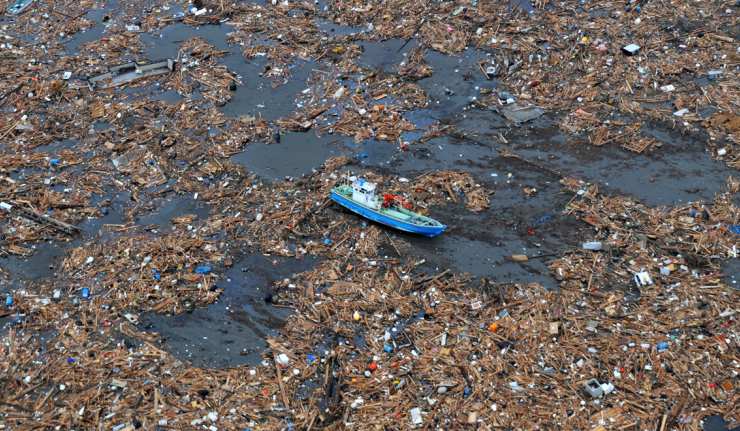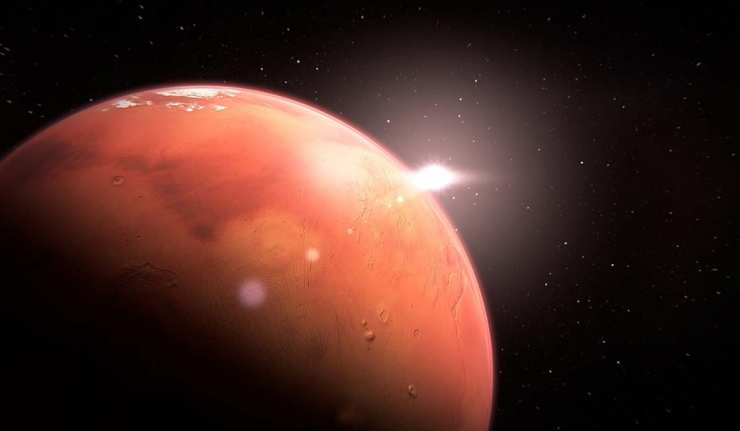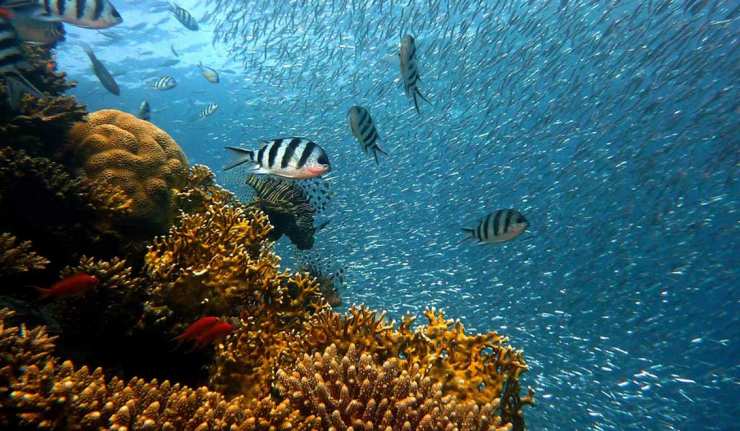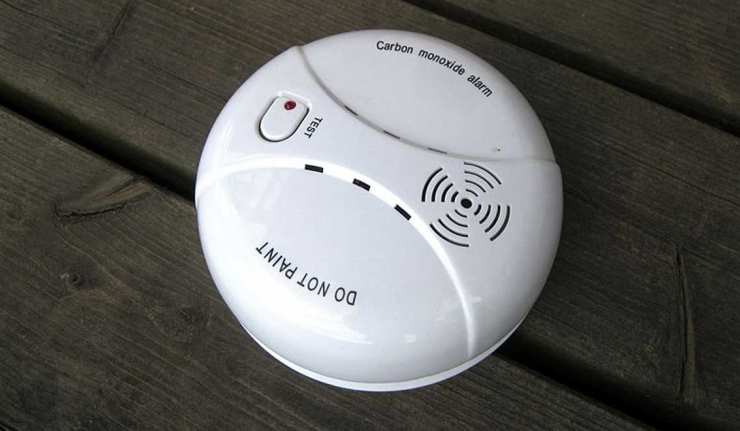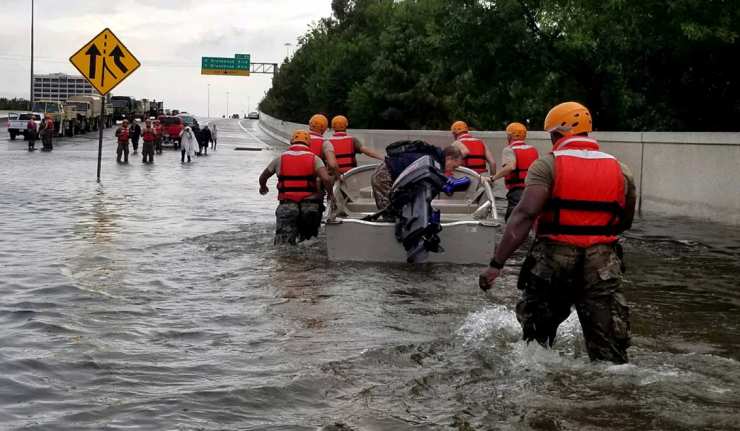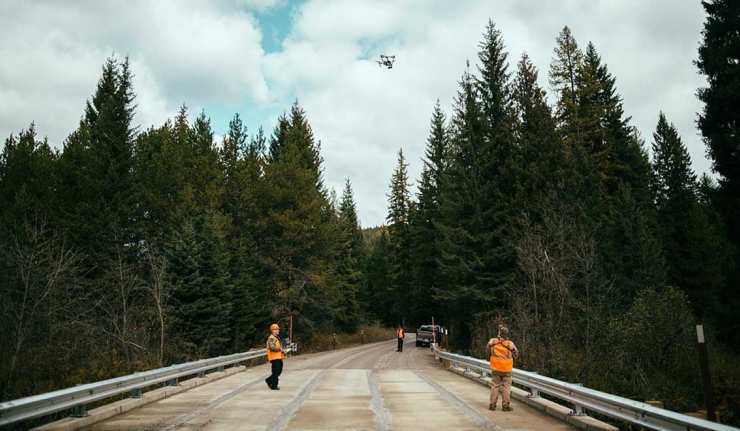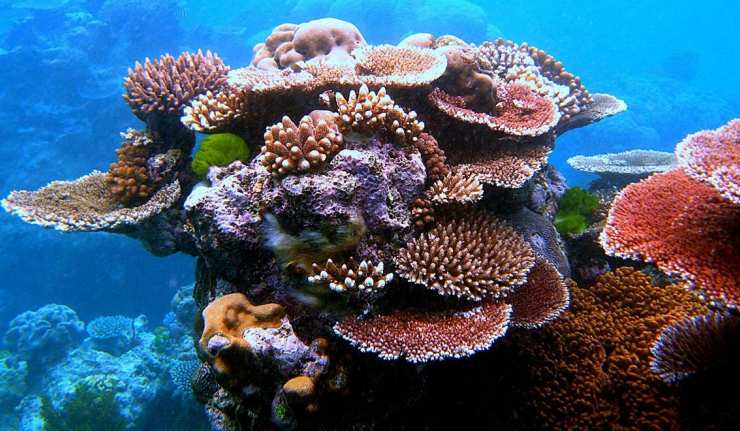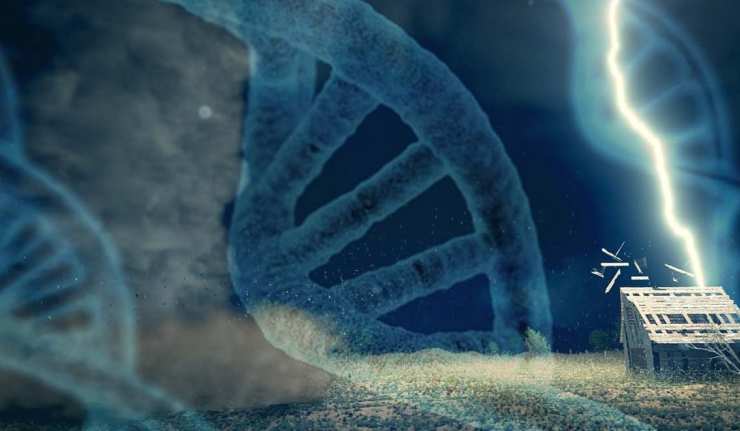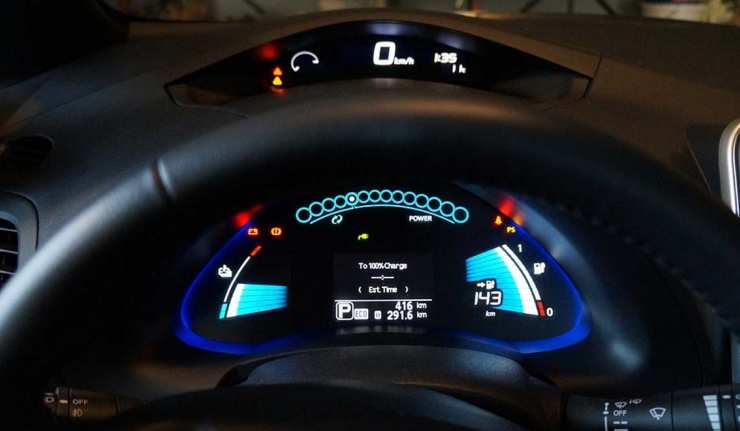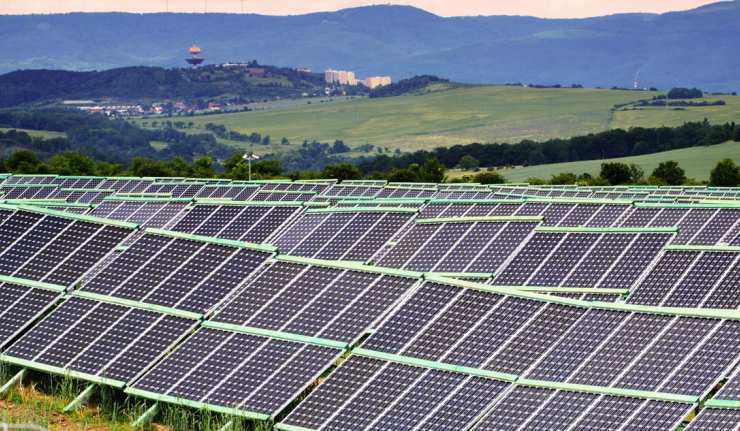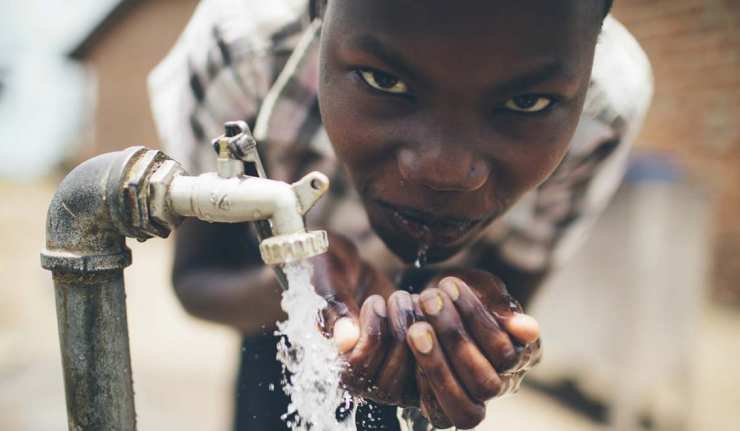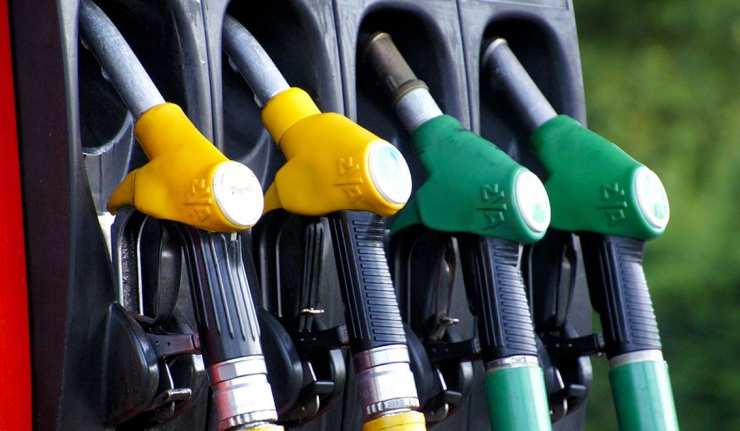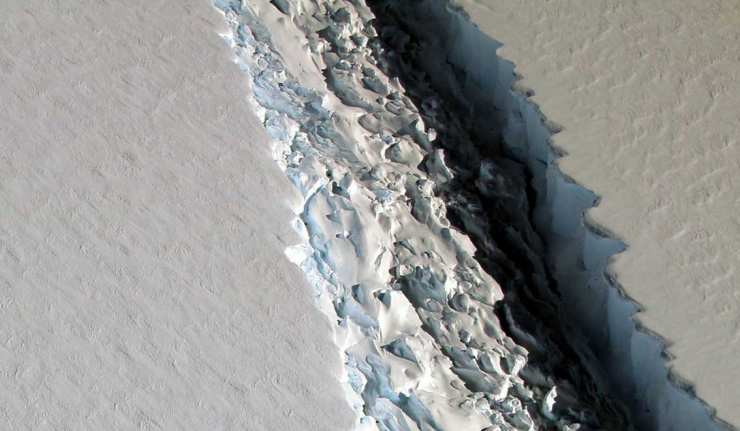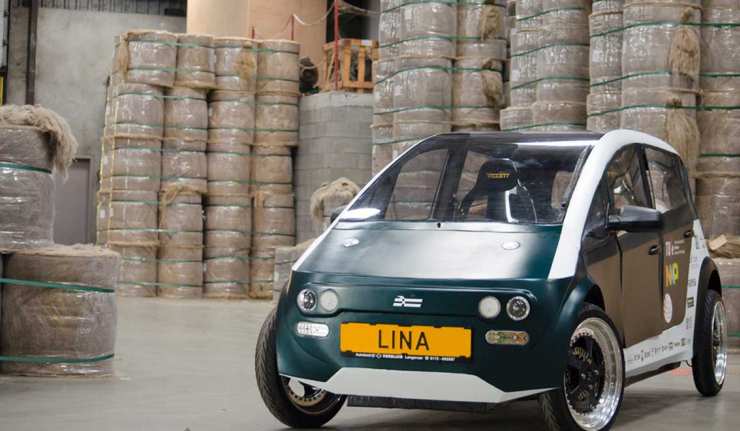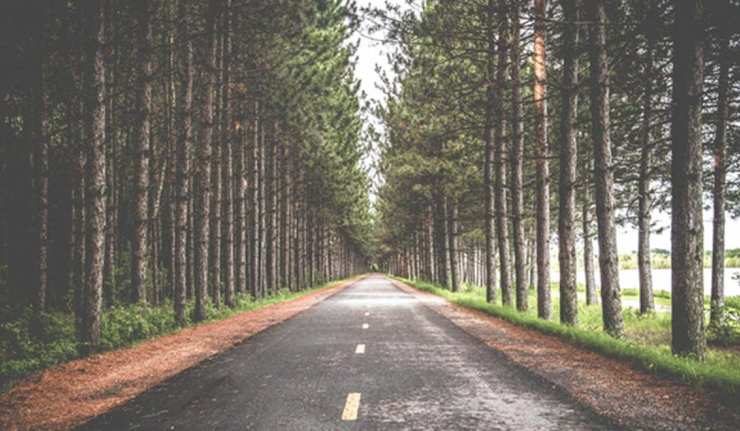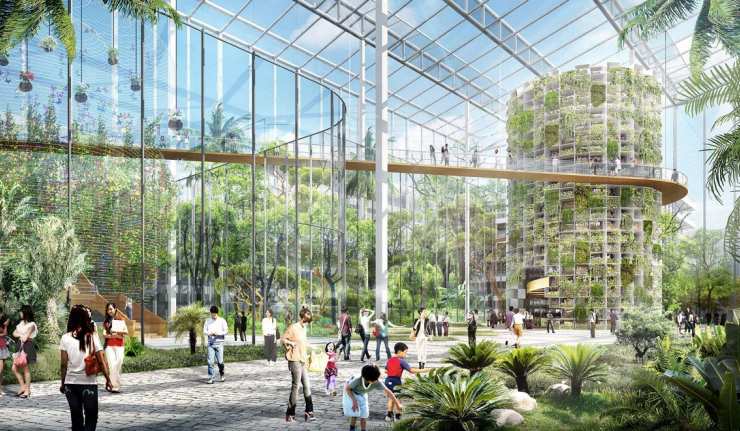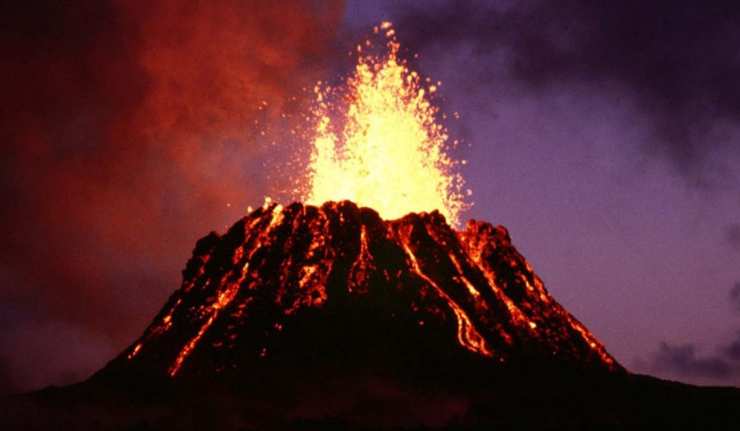environment
The Red Handfish: Population of World’s Rarest Fish Increases After New Discovery
Nestled in the corner of a small reef just off the coast of Tasmania, a new population of critically endangered red handfish (Thymichthys politus) have been discovered, giving hope for the conservation of this species into the future.
The population of this fish has now been given a big boost, thanks to eagle eyed members of the public involved in a citizen science project known as the Reef Life Survey.
Saving Our Oceans: Scotland Bans Plastic Cotton Buds
Many of us remember that iconic photograph of a tiny seahorse clutching tightly to a plastic cotton bud as a defining image of 2017. Indeed, this photograph, taken by Justin Hofman, was one of the finalists for The Natural History Museum Wildlife Photographer of the Year.
More and more of us are becoming aware of the issues facing our oceans, including plastic pollution which includes cotton buds. The plastic stems of these cotton buds are frequently to be found in the top ten types of litter seen on UK beaches.
Changing The Way We Eat: Moving Towards Sustainable Beef Production In The US
Whilst most of us know that we need to take action and make changes to our livelihoods in order to reduce our impact on the environment, it’s sometimes hard to know where to start.
Actions such as reducing our carbon footprint through flying less is a great place to start, but if you only plan on taking an overseas holiday once a year, sometimes you might feel like you need to do more on a daily basis in order to make more of a difference.
New Technique Shows Up How Much Plastic is Really in the Ocean
Many of us are now more familiar with plastic pollution and its consequences for marine life. More and more creatures are being poisoned by micro-plastics as you read this; meanwhile, the dumping and migration of this material into marine areas continues unabated. People who want to do something about it are hampered by a lack of effective tools that detect and locate plastic pollution, however. Therefore, it’s difficult to even characterise the extent of plastic waste in our oceans accurately.
Oxygen on Mars: Is it Possible?
The race to Mars is well and truly on, but a major stumbling block so far has been how to create a breathable environment for those brave enough to volunteer as the founding members of any colony which may be established there. Consideration also needs to be given to the fuel required for any return trips from the red planet and whether it may be possible to produce this on Mars itself.
Fewer Old Fish Equals Trouble for Fish Stocks
Most of us now realise that fish stocks in the world’s oceans are at an all-time low. But what many people fail to understand is that the age of the remaining fish within those stocks also has an important impact on the health of these marine communities, which we rely on as an important source of food.
Low-Cost, Highly-Sensitive Carbon Monoxide Sensors
Not just adults but also infants and people with chronic heart and lung diseases are hospitalized and sometimes even die from excessive exposure (above 35 ppm) to the toxic gas, carbon monoxide. According to the Centers for Disease Control and Prevention (CDC), it has caused more than 400 deaths per year in America alone because of what is called carbon monoxide poisoning. The presence of this gas in the environment is a result of automobile emissions and exhaust fumes or while burning fuels in homes such as stoves and open fires.
Is Climate Change Making Hurricanes Worse?
It’s suggested that Hurricane Harvey is the largest flooding rainstorm to ever hit the United States. The intense rainfall and speed with which the storm intensified caused widespread devastation and a “1,000 year flood” that will take years for the affected communities to recover from.
Drones Can Enable Planting of 100,000 Trees in a Single Day
The threat of deforestation is real. The biodiverse forests that cover more than 30% of our planet are at risk due to climate change, human interference and natural disasters. This in turn is endangering the lives of the many species who depend on them for survival. The World Resources Institute (WRI) has noted the decline in farmland, which ultimately affects basic necessities like food and drinking water even for the high-income nations of the world.
Coral Reefs Rely on Each Other for Survival
Coral reefs are incredible habitats, teeming with life and estimated to support an amazing 35 percent of all known marine species in the areas surrounding them. So, despite covering less than 0.2 percent of the ocean, they are extremely vital ecosystems for the health of the species that rely on them for survival.
Severe Weather Drives Rapid Evolution
2013 and 2014 were years of extreme weather events. There were heat waves, cold snaps, droughts, monstrous storms and days of extraordinary rain at various locations around the world. These may have ultimately been the product of atmospheric disruption caused by global warming. The cold snaps of the winter of 2013-2014, were the immediate result of a relatively weak arctic vortex that allowed frigid arctic air to escape the north and invade the southern portion of the continental United States. Conversely, Alaska was exceptionally warm at this time.
Charging Your Electric Car On The Go Is Now One Step Closer To Reality
Currently, one of the major drawback of electric cars is that they have a relatively small range of travel before they need to be recharged. This can take several hours which definitely cuts into the time required to travel long distances. Couple this with an expensive price tag and it seems as though it’s still going to take a bit more time before electric cars become more mainstream.
A Roomba for Solar Energy Companies: How Robot Cleaners Can Keep Solar Farms Going
Solar farms made of multiple large-scale panels are becoming increasingly efficient. This, in turn, is influencing their popularity as an alternative energy source for regional and national power grids. Despite this, a range of environmental particles and dirt types can impact on the ability of solar panels to gather energy. When this material comes into contact with solar cells, they may disrupt the panels, by either reflecting or absorbing sunlight, which in either case reduces the efficiency of the panel as a whole.
Silver Nanoparticles for Cleaner Water?
For most of the last century, humanity has become largely dependent on antibiotics to keep wounds and immunocompromised tissue free of dangerous bacterial infections. These novel chemicals initially experienced huge success in tackling these contaminations. However, over time, a number of bacterial types, or strain, have evolved molecular strategies that invalidate the actions of many antibiotics, particularly older ones. This is known as antibiotic resistance, and is responsible for the rise of widespread strains such as MRSA.
UK Announces Ban On Petrol And Diesel Car Sales From 2040
Hot on the heels of an announcement from the car manufacture Volvo, stating that they will be transferring all their models to hybrid or fully electric from 2019, France pledged to stop the sales of diesel and petrol cars by 2040.
One Trillion Tonne Iceberg Breaks Off From The Larsen C Ice Shelf in Antarctica
The huge iceberg set to break off, or ‘calve’ from Antarctica’s Larsen C Ice Shelf has finally broken away. Weighing in at one trillion tonnes and covering an area of around 5,800 square kilometres, it’s one of the largest icebergs ever seen and by breaking off it has significantly changed the Antarctic landscape.
Biodegradable Car Hits the Roads in the Netherlands
As we move towards creating a more sustainable future, the automotive industry is already taking steps to reduce its impact on the environment, including the development of electric cars such as those made by Tesla. TU/ecomotive, partnering with Eindhoven University in the Netherlands, have taken things one step further by creating the world’s first biodegradable car.
Not Just For When You’re Lost: Using Google Street View to Survey Urban Trees
When the blazing summer sun is out and you’re stuck in a city, there’s nothing quite like diving under the cooling canopy of a tree. These urban trees provide a vital function by increasing evaporative cooling as well as offering a shady refuge from the sun, particularly important in tropical cities.
Vertical Farms in Cities are the Future of Urban Farming
An estimated 23% of the world’s population now live in cities, far from the reaches of farmland, making access and the transport of fresh food an everyday struggle in terms of cost, labor and unpredictable weather conditions.
Understanding How Volcanoes Erupt: The Role of Tiny Zircon Crystals in Improving Our Knowledge
Volcanic eruptions are incredibly dangerous, especially those from volcanoes with magma containing a high percentage of silica, as this tends to give rise to more explosive eruptions. Scientists have been looking for ways to better predict the possibility of these eruptions, with one technique centering on tracking the way in which the magma within the volcano has been heated in the past.

